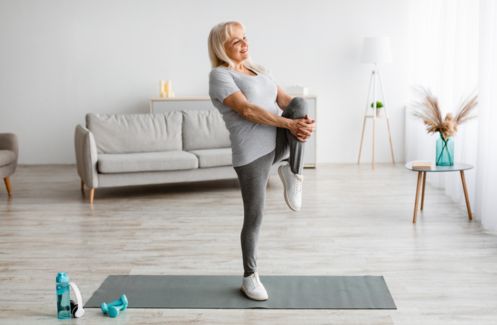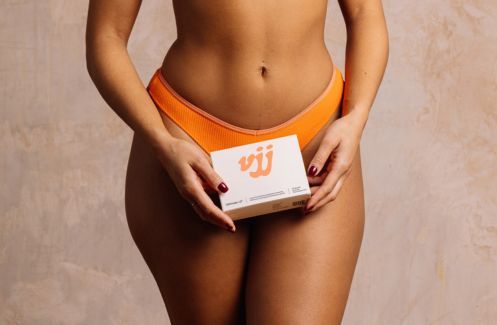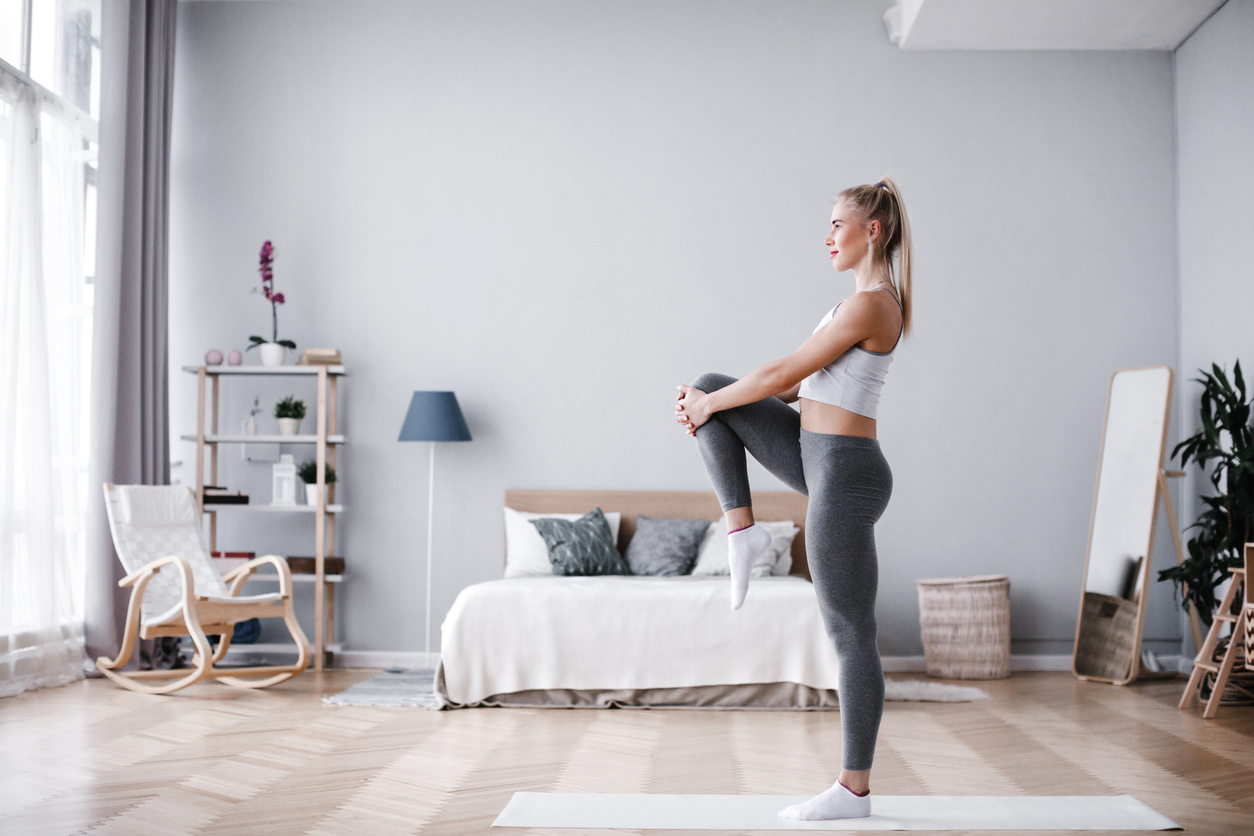Celebs bounce back so quickly after childbirth – it makes you wonder if some of them were EVER pregnant #justsaying. If you are looking to get rid of your post-baby tummy, here’s what you need to know
Who hasn’t heard the rumours that celebrities are having tummy tucks alongside their labour?
‘Sometimes people ask me to perform tummy tucks at the same time as a C-section, while they are giving birth,’ says consultant plastic surgeon Nicholas Wilson-Jones.
Let your body and your life settle down for at least a year after birth before opting for surgery
‘That comes with enormous risks of complications such as infection and severe blood clots. I’d be surprised if any celebrities are actually doing this as it’s very dangerous.
‘Let your body and your life settle down for at least a year after birth before opting for surgery, as your tummy might over time, contract naturally. Ensure also, that you wait until you have finished your family.’
The facts on tummy tucks
‘Abdominoplasty’ is an operation that tightens the skin of the tummy resulting in a flatter tummy and sometimes, fewer stretchmarks.
It is available in degrees – mini standard and extensive – depending on the patient’s need. It is performed under a general anaesthetic and usually takes one to four hours.
Some liposuction can be performed from the waist area, but this is not a treatment for overweight.
Best For: Mothers who have finished their families, exercise regularly and have reached an optimum weight, yet have a redundant fold of abdominal skin hanging over their pubic area, lax stomach muscles, sagging ‘pot belly’, multiple or unsightly scars.
Recovery: A one to three night stay in hospital is usually required and bed rest for the first 24 hours. For the first week, patients will not be able to stand fully upright due to tummy closure and stitching.
an abdominal binding garment is worn to help the stomach muscles heal
For the following six weeks, an abdominal binding garment is worn to help the stomach muscles heal in place. The patient should be able to return to work within four to six weeks.
Risks: There is a five per cent chance of infection, as well as risks of bleeding, delayed wound healing, blood clots forming in the legs, unsightly scarring and ‘dog ears’, where bumps appear at either side of a scar (these can be fixed under local anaesthetic).
Sometimes, the belly button may heal at a slightly asymmetrical angle to the pubic bone.
Costs: From £3500 for a mini-tuck to £6000 for an extensive. Additional liposuction starts from £800
Can exercise help?
Yes! ‘Exercising appropriately both during and after pregnancy can encourage blood flow to the tendons and muscles and speed up the healing process,’ says Jane Wake, personal trainer specialising in pre and post-pregancy and founder of Baby-A-Wake fitness.
What’s more, research shows that women who exercise five days a week have quicker recovery times and an easier labour.
Here are Jane’s recommendations…
During pregnancy
Do not do crunching exercises or sit-ups as these can exacerbate seperation in the abdominal wall.
Instead, try the ‘Hug Your Baby’ exercise. Think of your belly button as a lift going back and up toward your baby.
pelvic floor exercises are the most important things a woman can do during pregnancy
Inhale and pull it up a little to first, a bit more to second, then third and all the way up to fifth which is as far as you can go. Hold for a second or two and release. Do this ten times, four or five times a day.
Then, as you go about daily tasks such as waiting for the bus and sitting at your desk pull up to second floor and gently hold there.
These and pelvic floor exercises are the most important things a woman can do during pregnancy to impact how well her muscles bounce back.
After pregnancy
Be gentle and listen to your body – particularly if you have had a caesarean or stitching through the pelvic floor.
In the first month or so, you may only manage a gentle walk around the block. Once you have had your six-week check you can go back to gentler versions of exercise you were doing before, for example swimming or jogging.
But don’t do anything aggressive. You can start by taking the baby out walking briskly in the stroller for half an hour each day and gently build strength into your workout through Pilates or light body conditioning.
Stretchmark minimisers
Up to 70 per cent of women experience stretchmarks after pregnancy.
‘Keeping your skin in top condition during pregnancy keeps skin elastic so it’s more likely to contract again afterward,’ says consultant plastic surgeon Jonathan Staiano.
‘That means drinking plenty of water, avoiding sunbeds and ensuring you moisturise the skin of the abdomen daily while it is being expanded.’
Nicholas Wilson-Jones practices at the NHS Welsh Centre for Burns and Plastic Surgery and privately at the Sancta Maria Hospital, Swansea. Information: sanctamaria.co.uk.
Jonathan Staiano is a leading plastic surgeon who practices in the midlands, see stainoplasticsurgery.co.uk for details.
More Healthista Content:
Foodie Friday: chocolate & peanut butter protein balls
Side effects of the pill you may not know about
5 foods proven to reduce stress and anxiety
5 ways your exercise routine could be messing with your sleep
7 ways to get smarter without opening a book
Like this article? Sign up to our newsletter to get more articles like this delivered straight to your inbox.





















































